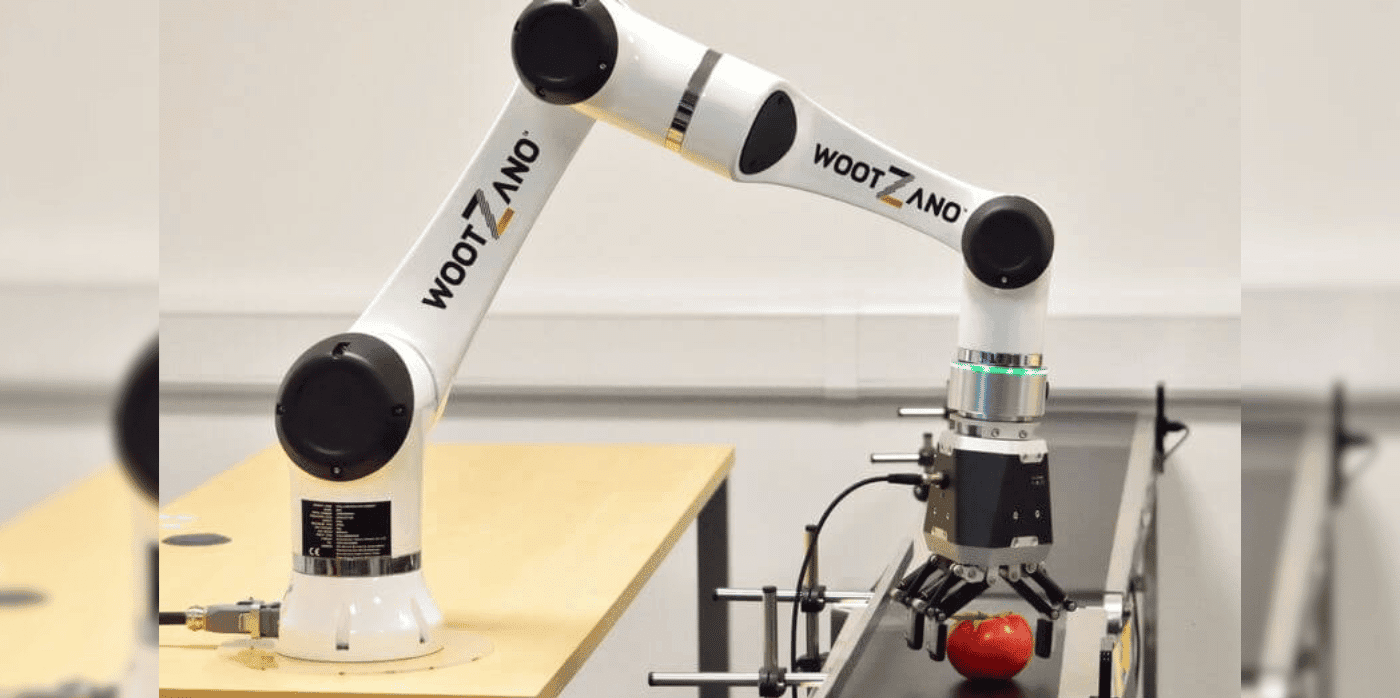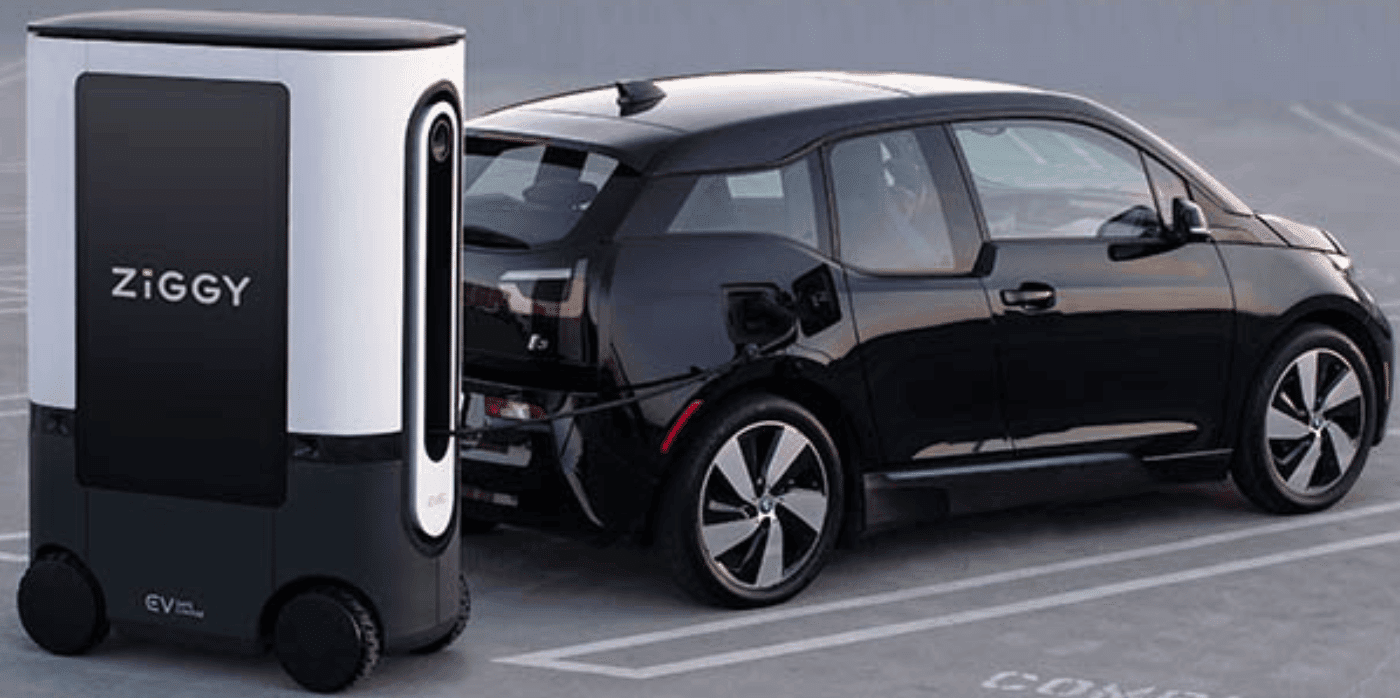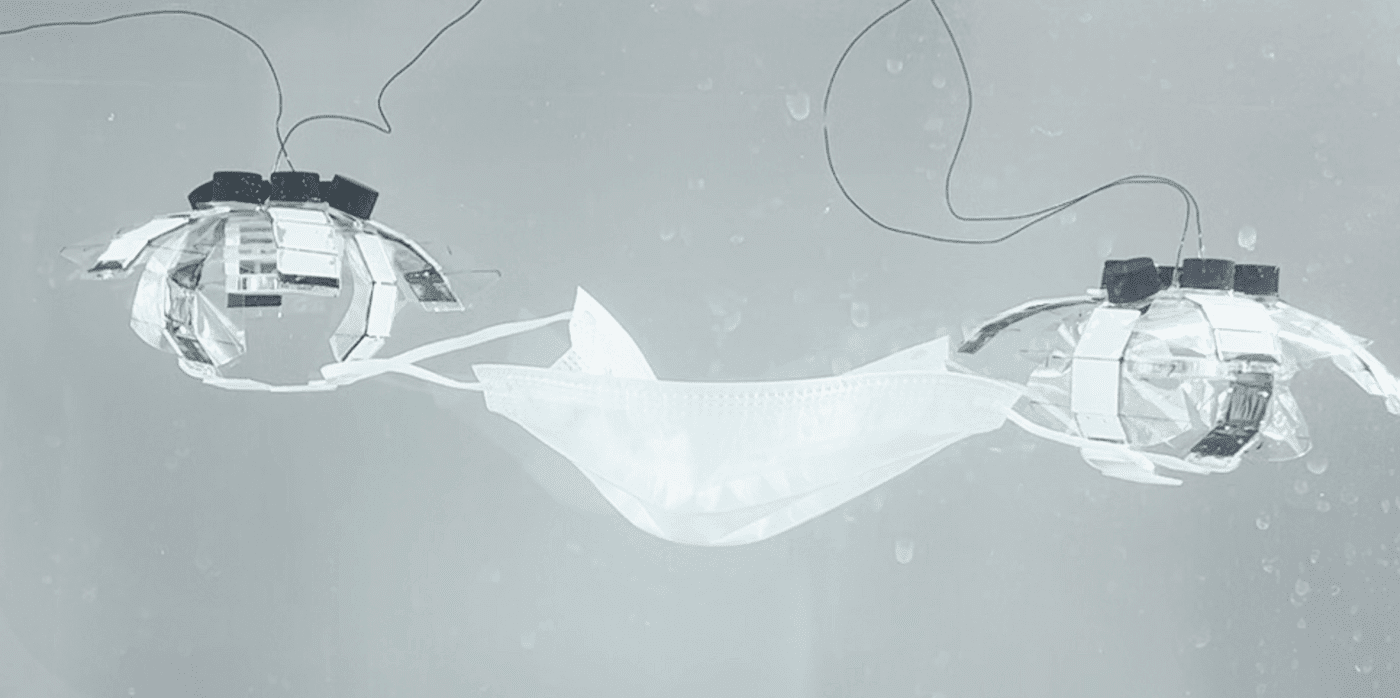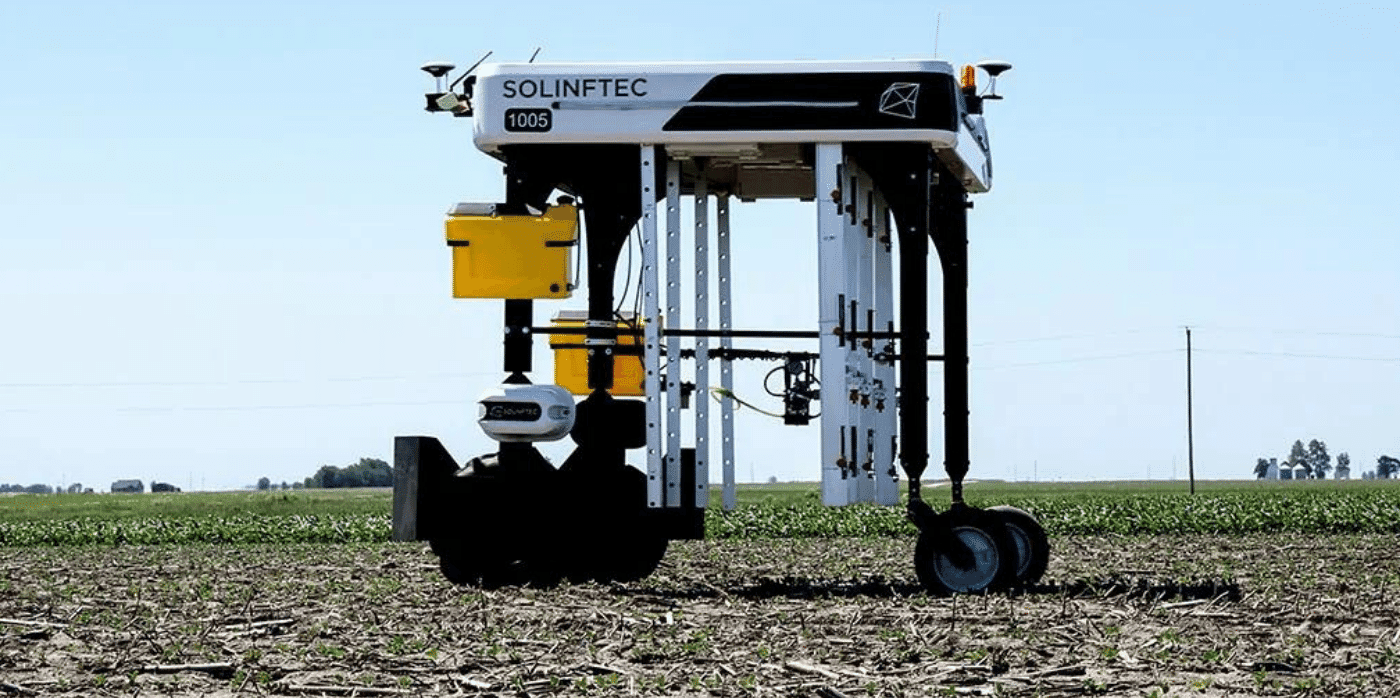A fresh-produce-packing robot with a human touch

Spotted: In many countries, agriculture faces a shortage of both skilled and unskilled workers. According to recent research by the Organisation for Economic Co-operation and Development (OECD), much of the decline comes from the combination of a long-term decrease in agriculture’s percentage of GDP, technological advances, and changes in consumer demand. In order to fill some of the sector’s workforce gaps, UK agritech company Wootzano created a fresh produce packing robotic system called Avarai.
Designed explicitly to work alongside human packers, the robot’s hands have integrated electronic skin called Wootzkin that provides the smart machine with the ability to grasp, pick up, and move fragile produce. Avarai’s algorithm allows distributors to set parameters that include vine length and package weight for every type of produce. When installed on the packing line alongside and amongst current workers, the robot increases productivity by up to 50 per cent, according to Wootzano. Avarai’s arm moves on six axes to allow for optimum angles when handling non-uniform, fragile fruits such as grapes and vine tomatoes.
Using advanced vision technology alongside the algorithms and cloud updates, Avarai continually learns and improves. Each set of robotic fingers is unique, and the e-skin makes it possible for Avarai to handle delicate fruits with no internal or external damage. Additionally, when the robot picks up a piece of produce, it automatically weighs it, making it easy to pack to retailer specifications.
As part of Wootzano’s goal to democratise robotics, the company provides the system via lease, meaning that even very small packhouses can afford the technology. The lease cost per robot is set at the price of a human labourer’s salary. That allows businesses flexibility to decide whether to prioritise production capacity increases of around 25 per cent or salary savings and then make changes as the available workforce expands or contracts.
Already in use by a European provider of table grapes, Wootzano expanded into the United States in the second half of 2023, beginning with partnerships with California producers.
Other examples spotted in Springwise’s archive of robots that help to improve the food supply chain include pest-control indoor robots and a solar-powered weed-seeking field robot.
Written By: Keely Khoury







